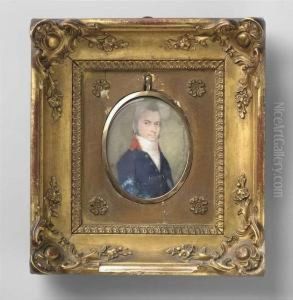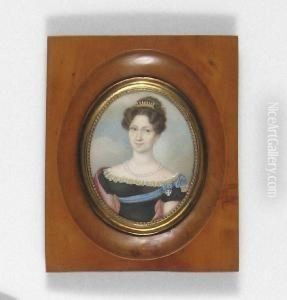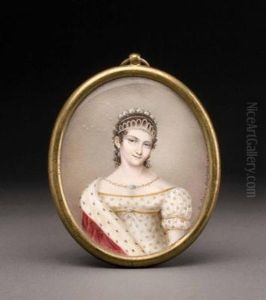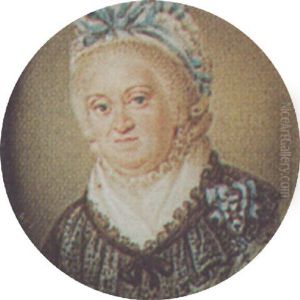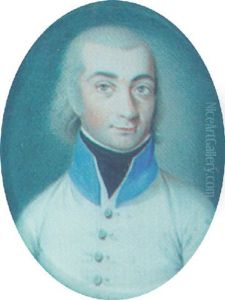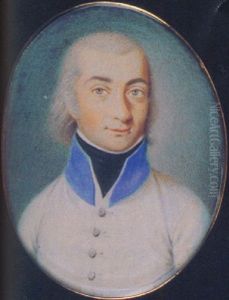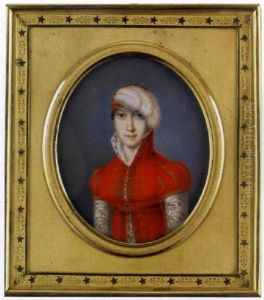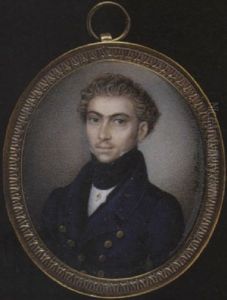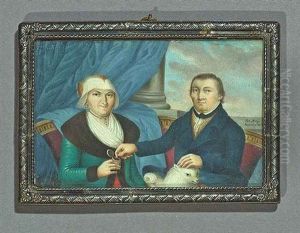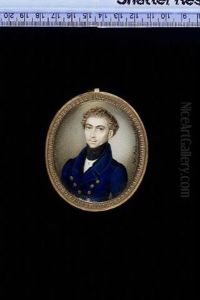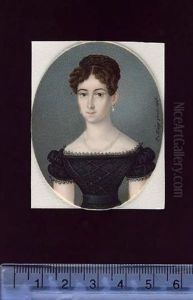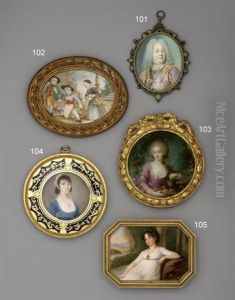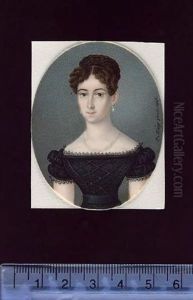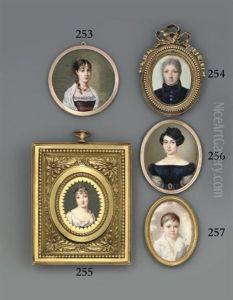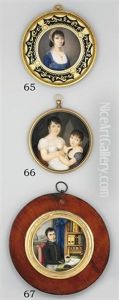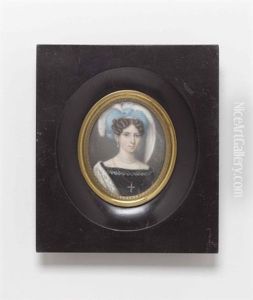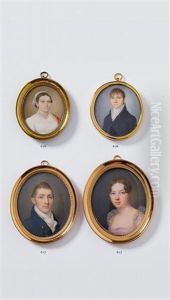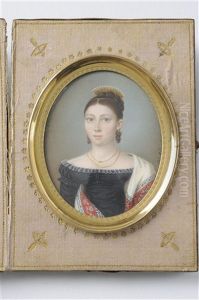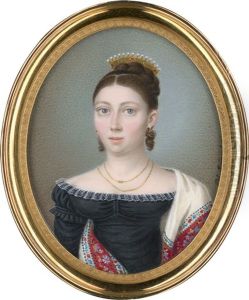Peter Mayr Paintings
Peter Mayr was an Austrian painter, born in 1760 in Pfaffenhofen, Tyrol (which is now part of modern-day Austria). He is primarily remembered for his portraits, through which he captured the visages of many notable figures of his time. Mayr's work was appreciated for its attention to detail and the skillful way he rendered textures and fabrics, which added a tangible quality to his depictions.
Mayr's life coincided with a period of significant upheaval and transformation in Europe, marked by events such as the French Revolution and the Napoleonic Wars. Despite the tumultuous social and political climate, Mayr managed to establish himself as a successful portraitist. He began his artistic training in Italy, which was a common practice for artists of his era, as Italy was considered the epicenter of fine arts. There, he was influenced by the Italian masters and the classical tradition, which would later be reflected in his own work.
Returning to the German-speaking lands, Mayr worked in various courts and cities. He became particularly well-known in Bavaria and Austria, where he received commissions from the aristocracy and the burgeoning bourgeoisie, who desired to have their likenesses captured for posterity. Mayr's portraits are characterized by a sense of realism and an acute portrayal of his subjects' personalities. His ability to depict his subjects with such realism and psychological insight was partly due to his thorough understanding of human anatomy and his mastery of oil painting techniques.
Mayr's legacy is somewhat overshadowed by his contemporaries, and many of his works are housed in regional museums or remain in private collections. Nonetheless, his contribution to portrait painting in the German-speaking world during the late 18th and early 19th centuries remains significant. He passed away in 1836, leaving behind a body of work that continues to be studied for its craftsmanship and historical value.
